-
 Bitcoin
Bitcoin $84,936.9041
2.72% -
 Ethereum
Ethereum $1,885.6507
3.16% -
 Tether USDt
Tether USDt $1.0000
0.02% -
 XRP
XRP $2.1084
1.37% -
 BNB
BNB $606.8939
0.19% -
 Solana
Solana $125.6576
0.93% -
 USDC
USDC $1.0000
0.00% -
 Dogecoin
Dogecoin $0.1717
2.69% -
 Cardano
Cardano $0.6727
1.51% -
 TRON
TRON $0.2386
1.11% -
 Toncoin
Toncoin $4.0353
-1.77% -
 Chainlink
Chainlink $13.8202
1.68% -
 UNUS SED LEO
UNUS SED LEO $9.3048
1.81% -
 Stellar
Stellar $0.2690
2.15% -
 Avalanche
Avalanche $19.4156
3.17% -
 Sui
Sui $2.3686
4.32% -
 Shiba Inu
Shiba Inu $0.0...01247
-0.54% -
 Hedera
Hedera $0.1676
3.21% -
 Polkadot
Polkadot $4.1093
1.82% -
 Litecoin
Litecoin $83.2957
-0.05% -
 MANTRA
MANTRA $6.2570
0.02% -
 Bitcoin Cash
Bitcoin Cash $305.8091
0.85% -
 Bitget Token
Bitget Token $4.6390
1.82% -
 Dai
Dai $0.9999
0.00% -
 Ethena USDe
Ethena USDe $0.9998
-0.01% -
 Pi
Pi $0.6969
-2.02% -
 Hyperliquid
Hyperliquid $13.1259
0.90% -
 Monero
Monero $216.1458
0.29% -
 Uniswap
Uniswap $6.1984
3.48% -
 Aptos
Aptos $5.2962
0.47%
How is "multi-card mining" implemented in graphics card mining?
Multi-card mining boosts efficiency by distributing workload across multiple GPUs, requiring compatible hardware, proper software, and careful monitoring for optimal performance.
Mar 31, 2025 at 07:49 pm
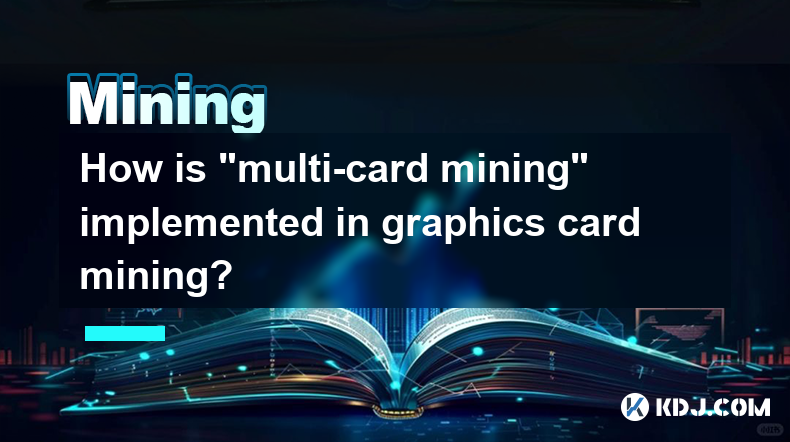
Understanding Multi-Card Mining Setup
Multi-card mining, in the context of cryptocurrency mining using graphics cards (GPUs), refers to the practice of using multiple GPUs simultaneously to increase the overall hashing power and thus, the chances of successfully mining a block and earning cryptocurrency rewards. This is significantly more efficient than using a single GPU, especially for memory-intensive algorithms. The core principle lies in distributing the mining workload across several GPUs, allowing for parallel processing and a substantial boost in mining speed. This is crucial as the difficulty of mining increases over time, making single-GPU mining less profitable.
Hardware Requirements for Multi-Card Mining
Successfully implementing multi-card mining requires several key hardware components. Firstly, you'll need multiple compatible GPUs. The choice of GPU depends on the specific cryptocurrency algorithm and your budget. High-end cards offer faster hashing rates but come with a higher price tag. Secondly, you'll need a motherboard with sufficient PCIe slots to accommodate all your GPUs. The number of slots determines the maximum number of cards you can use. Thirdly, you'll need a powerful CPU to manage the data flow between the GPUs and the system. Finally, you'll need a robust power supply capable of handling the high power draw of multiple GPUs. Underestimating power requirements is a common mistake leading to system instability or damage.
Software and Driver Considerations
The software you use plays a critical role in effectively managing your multi-GPU mining setup. You will need mining software that supports multi-GPU configurations. Popular options include NiceHash Miner, TeamRedMiner, and others. These programs allow you to control and monitor the performance of each individual GPU and optimize your mining strategy. Furthermore, ensuring you have the latest drivers for your GPUs is essential for optimal performance and stability. Outdated drivers can lead to reduced hashing rates, crashes, and other issues. Properly configuring your mining software to utilize all GPUs is crucial for maximizing your mining efficiency.
Setting Up a Multi-Card Mining Rig: A Step-by-Step Guide
Setting up a multi-card mining rig involves several steps:
- Acquire necessary hardware: This includes GPUs, motherboard, CPU, power supply, and other peripherals. Ensure compatibility between all components.
- Install the operating system: Choose a suitable OS, such as Windows or Linux. Linux is often preferred for its stability and resource efficiency.
- Install GPU drivers: Install the latest drivers for your specific GPUs from the manufacturer's website.
- Install mining software: Download and install your chosen mining software. Configure it to detect and utilize all connected GPUs.
- Configure mining pool: Join a mining pool to increase your chances of earning rewards. The pool distributes the mining workload and rewards proportionally to your contribution.
- Monitor performance: Regularly monitor the temperature and hashing rate of each GPU. Adjust settings as needed to optimize performance and prevent overheating.
- Manage power consumption: Multi-card mining consumes significant power. Monitor your power usage and consider energy-efficient practices.
Advanced Techniques and Considerations
Experienced miners often employ advanced techniques to further optimize their multi-card mining setups. This includes overclocking GPUs to increase hashing rates, although this comes with increased heat generation and potential risks. Cooling solutions, such as custom water cooling systems, are often employed to manage the heat produced by multiple GPUs. Proper cable management is also essential for preventing overheating and ensuring efficient power distribution. Furthermore, understanding the different mining algorithms and selecting GPUs optimized for specific algorithms is key to maximizing profitability.
Common Questions and Answers
Q: What are the risks associated with multi-card mining?
A: Risks include hardware failure due to overheating, power surges, or component wear. High electricity costs and potential for reduced profitability due to fluctuating cryptocurrency prices are also significant factors.
Q: How much does it cost to set up a multi-card mining rig?
A: The cost varies greatly depending on the number and type of GPUs, the rest of the hardware, and electricity costs. Expect a significant initial investment.
Q: Is multi-card mining profitable?
A: Profitability depends on several factors, including the price of the cryptocurrency, the difficulty of mining, electricity costs, and the hashing power of your GPUs. It's crucial to conduct thorough research and calculations before investing.
Q: What are the best GPUs for multi-card mining?
A: The "best" GPU depends on the specific algorithm and your budget. High-end cards from NVIDIA and AMD are generally preferred for their high hashing rates. However, constantly check benchmarks and reviews to stay up-to-date on the latest options.
Q: What is the best mining software for multi-card mining?
A: There are many options available, each with its strengths and weaknesses. Popular choices include NiceHash Miner, TeamRedMiner, and others. Choosing the right software often depends on your specific hardware and mining preferences. Research and compare different options before making a decision.
Q: How do I monitor the performance of my multi-card mining rig?
A: Most mining software provides built-in monitoring tools to track metrics such as hashing rate, temperature, and power consumption for each GPU. You can also use third-party monitoring tools for more comprehensive data. Regular monitoring is crucial for identifying potential problems and optimizing performance.
Disclaimer:info@kdj.com
The information provided is not trading advice. kdj.com does not assume any responsibility for any investments made based on the information provided in this article. Cryptocurrencies are highly volatile and it is highly recommended that you invest with caution after thorough research!
If you believe that the content used on this website infringes your copyright, please contact us immediately (info@kdj.com) and we will delete it promptly.
- UAE to launch Digital Dirham CBDC in Q4 2025
- 2025-04-02 09:35:12
- OKX Appoints Linda Lacewell as New Chief Legal Officer (CLO), Expanding Its Global Reach
- 2025-04-02 09:35:12
- When visionary capital meets breakthrough technologies, entire industries evolve.
- 2025-04-02 09:30:12
- Toncoin [TON] Whales Are Back, Driving Large Transaction Volume
- 2025-04-02 09:30:12
- BRETT (also known as Based Brett)
- 2025-04-02 09:25:12
- Houston's "Be Someone" Graffiti Overwritten with Mog Coin Advertisements
- 2025-04-02 09:25:12
Related knowledge
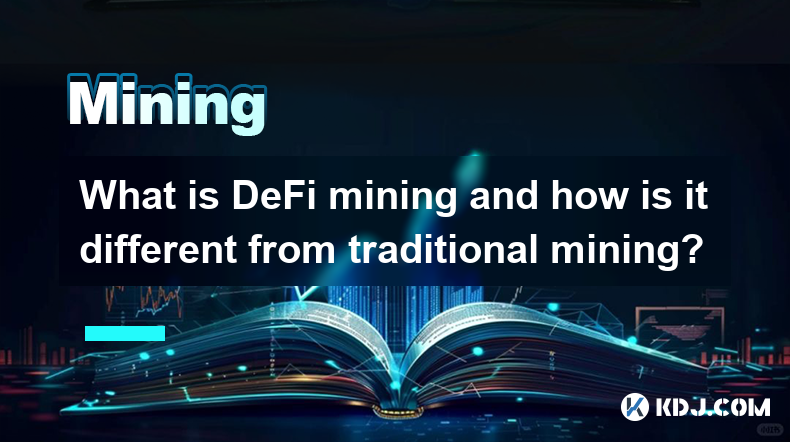
What is DeFi mining and how is it different from traditional mining?
Apr 02,2025 at 09:50am
DeFi mining, also known as yield farming or liquidity mining, is a process within the decentralized finance (DeFi) ecosystem where users provide liquidity to decentralized platforms in exchange for rewards. Unlike traditional mining, which involves solving complex mathematical problems to validate transactions and add them to a blockchain, DeFi mining f...
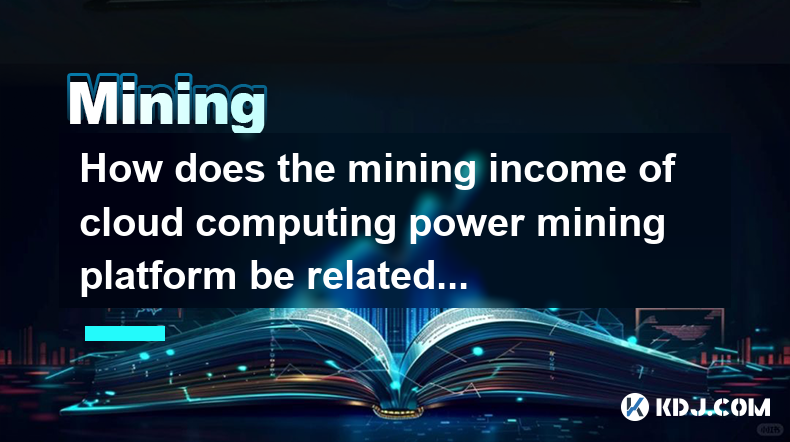
How does the mining income of cloud computing power mining platform be related to mining pool allocation?
Apr 02,2025 at 01:56am
The relationship between the mining income of a cloud computing power mining platform and the allocation of mining pools is a crucial aspect of cryptocurrency mining. Mining income is influenced by various factors such as the efficiency of the mining hardware, electricity costs, and the specific cryptocurrency being mined. However, the allocation of min...
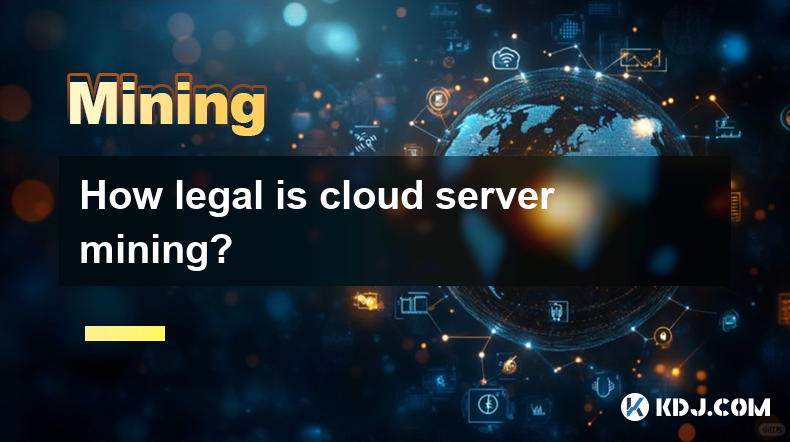
How legal is cloud server mining?
Apr 01,2025 at 08:08am
Cloud server mining has become an increasingly popular method for individuals and companies to participate in cryptocurrency mining without the need for expensive hardware and high electricity costs. However, the legality of cloud server mining can be a complex issue, as it varies by jurisdiction and depends on several factors. This article will explore...
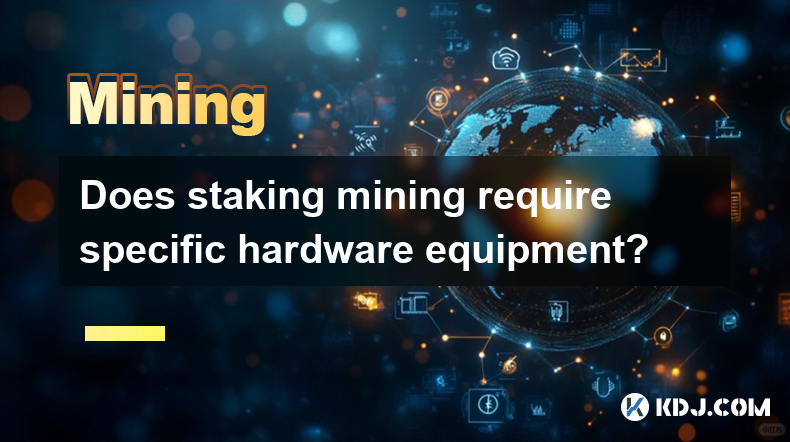
Does staking mining require specific hardware equipment?
Apr 02,2025 at 08:21am
Staking mining, often referred to simply as staking, is a process used by various cryptocurrencies to secure their networks and validate transactions. Unlike traditional mining, which often requires specialized hardware like ASICs (Application-Specific Integrated Circuits) or high-performance GPUs (Graphics Processing Units), staking typically does not ...
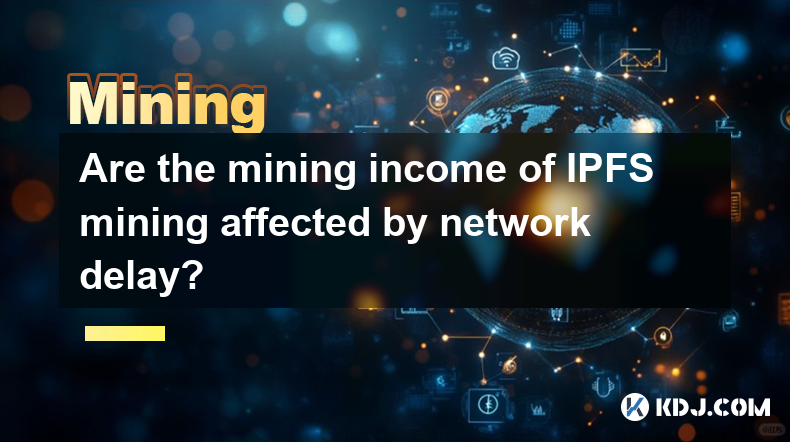
Are the mining income of IPFS mining affected by network delay?
Apr 01,2025 at 09:36pm
Are the Mining Incomes of IPFS Mining Affected by Network Delay? Understanding IPFS Mining and Network Delay's ImpactIPFS (InterPlanetary File System) mining, unlike Bitcoin mining, doesn't involve solving complex cryptographic puzzles. Instead, it focuses on providing storage and bandwidth to the network. Miners earn rewards for storing and sharing dat...
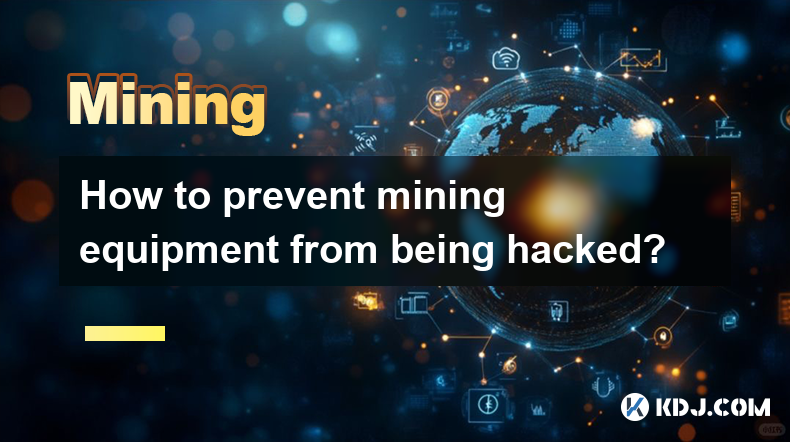
How to prevent mining equipment from being hacked?
Apr 01,2025 at 06:22am
Understanding the ThreatsCryptocurrency mining, while potentially lucrative, exposes your equipment to various cyber threats. These threats range from simple malware infections that steal your mining profits to sophisticated attacks that hijack your entire operation. Understanding these threats is the first step in effective protection. This includes r...

What is DeFi mining and how is it different from traditional mining?
Apr 02,2025 at 09:50am
DeFi mining, also known as yield farming or liquidity mining, is a process within the decentralized finance (DeFi) ecosystem where users provide liquidity to decentralized platforms in exchange for rewards. Unlike traditional mining, which involves solving complex mathematical problems to validate transactions and add them to a blockchain, DeFi mining f...

How does the mining income of cloud computing power mining platform be related to mining pool allocation?
Apr 02,2025 at 01:56am
The relationship between the mining income of a cloud computing power mining platform and the allocation of mining pools is a crucial aspect of cryptocurrency mining. Mining income is influenced by various factors such as the efficiency of the mining hardware, electricity costs, and the specific cryptocurrency being mined. However, the allocation of min...

How legal is cloud server mining?
Apr 01,2025 at 08:08am
Cloud server mining has become an increasingly popular method for individuals and companies to participate in cryptocurrency mining without the need for expensive hardware and high electricity costs. However, the legality of cloud server mining can be a complex issue, as it varies by jurisdiction and depends on several factors. This article will explore...

Does staking mining require specific hardware equipment?
Apr 02,2025 at 08:21am
Staking mining, often referred to simply as staking, is a process used by various cryptocurrencies to secure their networks and validate transactions. Unlike traditional mining, which often requires specialized hardware like ASICs (Application-Specific Integrated Circuits) or high-performance GPUs (Graphics Processing Units), staking typically does not ...

Are the mining income of IPFS mining affected by network delay?
Apr 01,2025 at 09:36pm
Are the Mining Incomes of IPFS Mining Affected by Network Delay? Understanding IPFS Mining and Network Delay's ImpactIPFS (InterPlanetary File System) mining, unlike Bitcoin mining, doesn't involve solving complex cryptographic puzzles. Instead, it focuses on providing storage and bandwidth to the network. Miners earn rewards for storing and sharing dat...

How to prevent mining equipment from being hacked?
Apr 01,2025 at 06:22am
Understanding the ThreatsCryptocurrency mining, while potentially lucrative, exposes your equipment to various cyber threats. These threats range from simple malware infections that steal your mining profits to sophisticated attacks that hijack your entire operation. Understanding these threats is the first step in effective protection. This includes r...
See all articles























































































